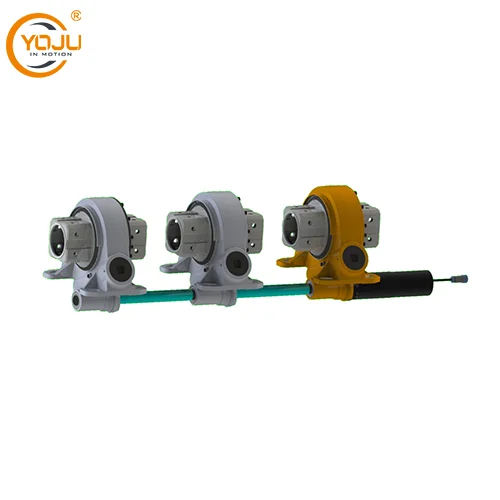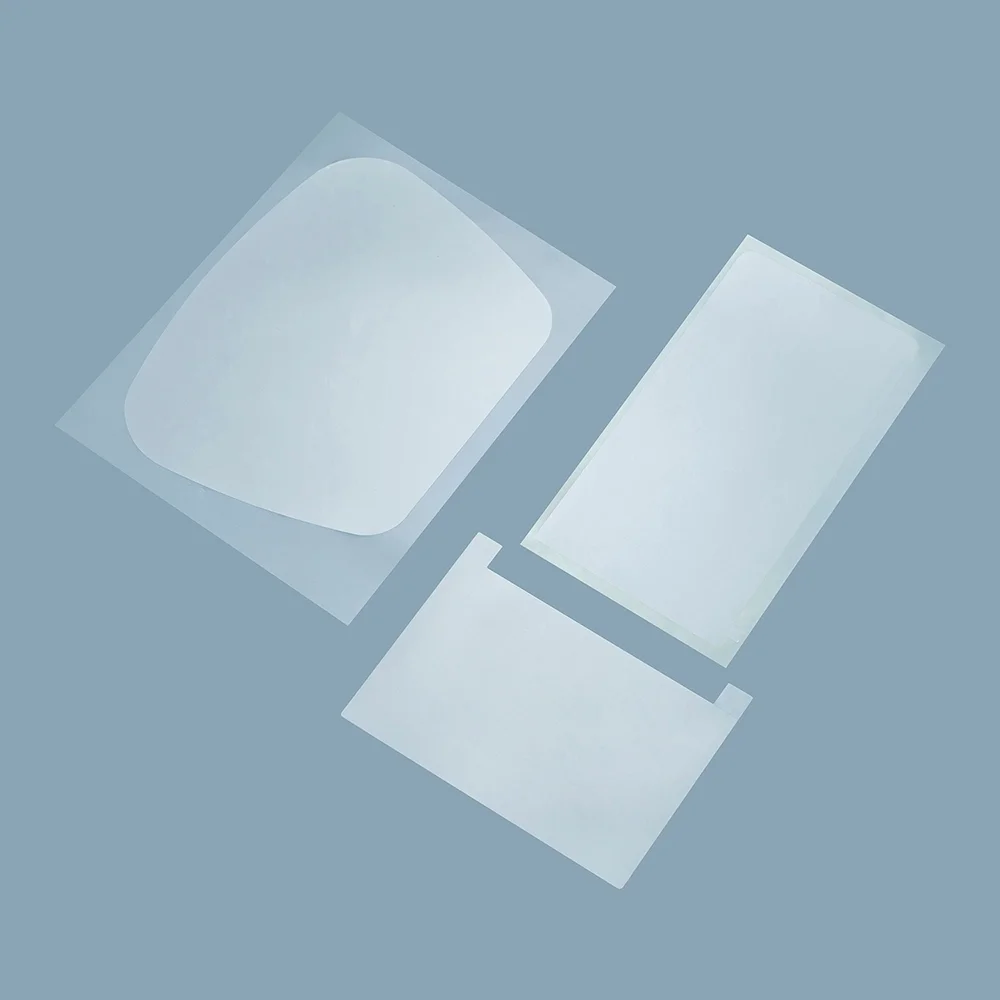Solar energy has emerged as a leading alternative to traditional power sources, and its growth is driven by the need for more efficient and sustainable energy solutions. One of the most innovative components in solar energy systems is the slewing drive, particularly in solar tracking applications. Precision slewing drives play a pivotal role in optimizing the energy output of solar power plants, ensuring that solar panels track the sun accurately throughout the day. In this blog post, YOJU, as high performance slew drive for solar tracker manufacturer, will share the importance of precision slewing drive for solar tracking system for energy efficiency.
What is Precision Slewing Drive?
A precision slewing drive is a mechanical device used to provide rotational movement with a high degree of accuracy. In the context of solar tracking systems, slewing drives enable solar panels or mirrors to follow the sun's path throughout the day, maximizing the capture of solar energy. The precision of these drives ensures that the panels maintain optimal angles relative to the sun, increasing the overall efficiency of the system.
How Slewing Drives Improve Solar Tracking Efficiency
Solar tracking systems are designed to adjust the orientation of solar panels in real-time, allowing them to follow the sun’s trajectory across the sky. This movement enhances the energy absorbed by the panels, significantly improving the system's performance compared to fixed installations. Precision slewing drives are essential for this task because they provide reliable and accurate rotation. These drives can adjust the position of solar panels with a high degree of precision, ensuring that they remain at the ideal angle for maximum sunlight absorption.
Role of Precision in Solar Energy System
The performance of solar power systems hinges on the efficiency of energy collection, and the precision of solar tracking systems directly impacts this efficiency. Without precise tracking, solar panels may not align perfectly with the sun, leading to a reduction in energy harvest. Slewing drives, designed for precision and durability, enable solar panels to achieve near-perfect tracking, which can increase energy production by up to 25-30%. This high level of precision is particularly important for large-scale solar power plants where maximizing output is crucial for both cost-effectiveness and sustainability.

Key Factors to Consider When Choosing Slewing Drive for Solar Applications
When selecting a slewing drive for solar tracking systems, several technical considerations must be taken into account. These include:
Load Capacity and Durability
Solar tracking systems, particularly in large installations, face significant environmental stress due to wind, temperature fluctuations, and the weight of the solar panels. A precision slewing drive must be robust enough to handle these challenges while maintaining its accuracy and performance over time. It is essential to choose slewing drives with high load capacities and materials that resist wear and corrosion, ensuring a long lifespan even under harsh conditions.
Precision and Control
The accuracy of a slewing drive is paramount for solar tracking systems. Drives with fine-tuned control systems allow for smooth, incremental adjustments, ensuring that the solar panels are always optimally aligned with the sun’s rays. A high-precision slewing drive reduces the likelihood of energy loss due to improper panel alignment, which directly impacts the system’s overall efficiency.
Integration with Control Systems
Slewing drives must be compatible with the solar tracking system’s control mechanism. These systems rely on sensors and controllers to adjust the position of the panels based on real-time data. The slewing drive must seamlessly integrate with these components, responding quickly to commands for precise movements. Some advanced systems also include algorithms that anticipate the sun’s movement and pre-adjust panel angles, which requires highly responsive slewing drives.
Environmental Resistance
Given that solar tracking systems are often deployed in outdoor environments, slewing drives must be designed to withstand environmental factors such as rain, dust, UV radiation, and extreme temperatures. Precision slewing drives are typically equipped with seals and coatings that protect them from moisture and dirt, ensuring reliable performance throughout the year.
Solar Tracking System Designs: Single-Axis vs. Dual-Axis
In solar tracking systems, there are primarily two types of designs: single-axis and dual-axis. Both types rely on precision slewing drives, but their configurations differ in how they track the sun’s movement.
Single-Axis Solar Tracking
Single-axis solar tracking systems move panels along one axis (typically east to west), following the sun's path throughout the day. These systems are more common due to their simpler design and lower cost. Precision slewing drives are used to rotate the panels along this axis, ensuring that they maintain the optimal angle relative to the sun at all times.
Dual-Axis Solar Tracking
Dual-axis tracking systems move panels along two axes, allowing them to follow the sun both horizontally and vertically. This allows for a more precise alignment with the sun’s position throughout the day and across seasons, optimizing energy absorption. Dual-axis systems are more complex and expensive, but they offer higher energy efficiency, making them ideal for locations with high energy demands. Precision slewing drives are essential in this application to achieve the fine movements required for accurate tracking in both axes.
Benefits of Using Slewing Drive in Solar Tracking System
Enhanced Energy Production
By ensuring that solar panels track the sun more accurately, precision slewing drives increase the amount of sunlight the panels capture, leading to higher energy output. This is particularly valuable for large-scale solar farms where every percentage of efficiency gain can significantly impact the overall power generation.
Reduced Maintenance Costs
Precision slewing drives are designed to operate smoothly and efficiently over long periods. Their reliability reduces the need for frequent adjustments or replacements, which can lead to lower maintenance costs over the lifespan of the solar system. Their durability also minimizes downtime, ensuring consistent power generation.
Better Return on Investment (ROI)
The enhanced efficiency and lower operational costs that precision slewing drives bring to solar tracking systems contribute to a better return on investment. Although the initial cost of installing solar tracking systems with high-precision slewing drives can be higher, the long-term savings from increased energy production and reduced maintenance make them a cost-effective choice in the long run.
Conclusion
The integration of precision slewing drives into solar tracking systems is revolutionizing the solar power industry. These drives enable solar panels to track the sun with remarkable accuracy, optimizing energy output and improving the cost-effectiveness of solar power plants. As solar energy continues to grow as a major renewable resource, slewing drives will play an increasingly important role in ensuring that solar power generation is as efficient and sustainable as possible.
As technology advances, we can expect even more refined slewing drives that offer improved precision, greater durability, and smarter control systems, further enhancing the efficiency of solar tracking systems. By continuing to innovate and incorporate advanced precision engineering, the solar industry will be well-positioned to meet the world's growing energy demands.
www.enyoju.com
YOJU

